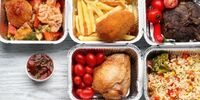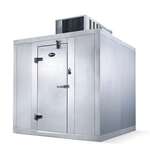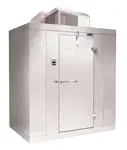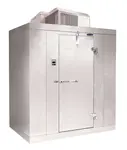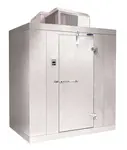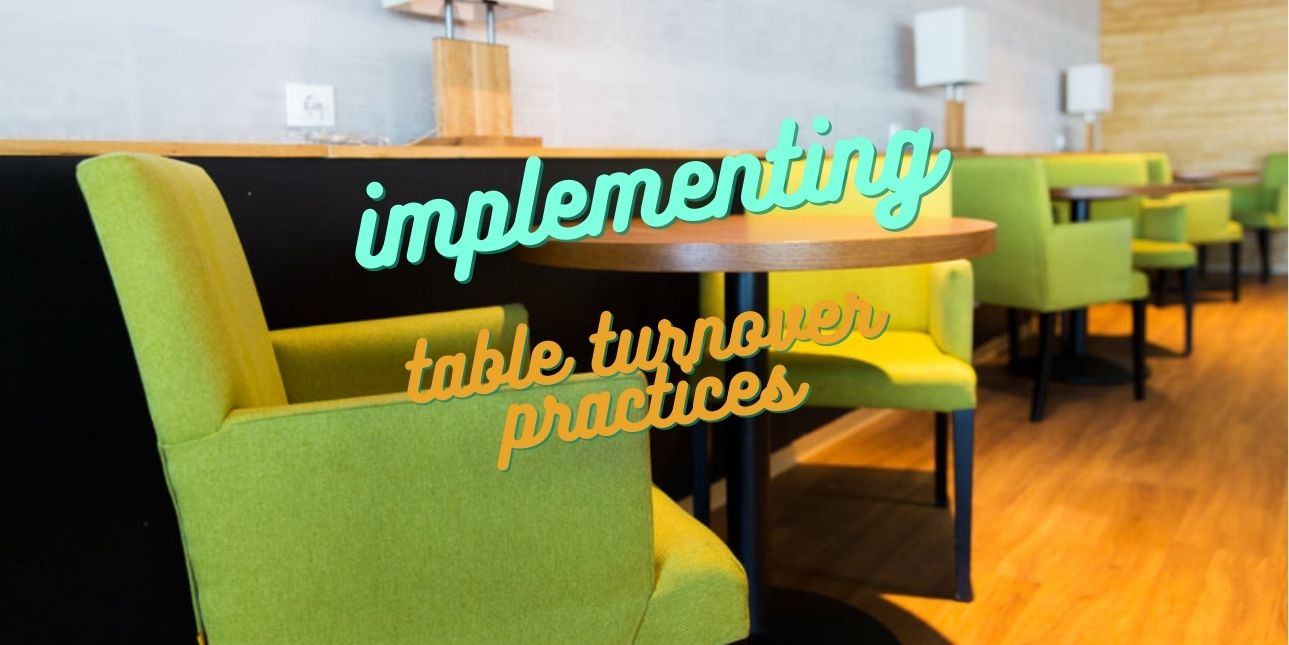
Table turnover has become increasingly important to several food service establishments in recent times due to the major slowdowns caused during the pandemic. Now that businesses are open again, more restaurateurs are looking for new ways to turn the table so they can recuperate from earlier setbacks. However, you risk customers feeling aggrieved in case you apply an improper approach, leading to a loss of reputation. There exist a number of ways to increase seat turnover politely and effectively to ensure you’re making the best of your establishment while remaining courteous to your patrons.
Turning tables in restaurants can especially feel like a complicated issue for business owners, and many of them are left feeling like they’re walking on eggshells when dealing with customers that remain at the tables long after they’ve paid the bill. The article discusses various strategies to help you optimize your tables' turnover rate to achieve more revenue from your existing space. Read on to know the considerations you need to make and suggestions that will allow you to turn more tables on any given night of operations.
Factors Affecting Tables’ Turnover Rates
Several business owners are left wondering why they often fail to turn the table based on their revenue expectations. This is because a lot of entrepreneurs fail to consider important factors that affect their tables’ turnover rates. Without taking into account these essential indicators that define your business, you can't devise an effective table turnover plan. Below, we mention key elements that must be considered when you’re trying to increase the turnover, given the average stay at the restaurant:
- Restaurant type: Turnover rates affect both full-service fine dining establishments and casual eateries. However, the rate of tables’ turnover per hour or average meal times vary drastically for both. Given that full-service restaurants offer elaborate menus and meal courses, it is natural for the table turnover in such restaurants to be lower than the average neighborhood haunt. On the other hand, casual dining restaurants have higher turnover rates due to the quick pace of ordering and consuming meals. If you operate a fine dining restaurant, your table turnover strategy will need to be different from establishments such as fast food outlets.
- Reservation policy: Restaurants with relaxed reservation policies tend to have lower turnover rates due to inevitable cancellations and customer no-shows. This causes restaurants to lose valuable time waiting for customers. If you’re looking to improve your operation’s ability to turn tables, it may be time for a more airtight reservation policy.
- Seating arrangements: Restaurants with seating arrangements that utilize more corner areas in the room when compared to the middle parts tend to have lower table turn rates. The middle areas of the restaurant are often in the midst of all the action and have a psychological effect on customers, making them eat faster. If you have corner-dominant seating, consider revisiting the floor plan.
- Menu & offerings: A cluttered and overstuffed menu will confuse the customer, causing them to take more time to decide, increasing the overall time they spend at your table. The excessive options will also increase prep times in the kitchen since the average number of made-to-order offerings will also increase. Keep a relatively short yet attractive menu and offer a few weekly specials for your customers to choose from.
What’s the Ideal Table Turnover Rate for a Restaurant?
For most casual eateries, the turnover given the average length of stay at the restaurant is 3 on an average night. This would mean you must seat three parties per table on a single night. The average time each party occupies the table would be approximately an hour and a half. These numbers can vary depending on the extent of your restaurant and how busy your operational periods are. Turning the tables in a high-end establishment is more complex and often has lower turnover rates.
Improving the Table Turnover Rate
Here are some tips to help your restaurant turn over tables sooner:
- Optimize the Menu
Offering compact menus to your customers often has major advantages from a table turnover point of view. Make sure the menu in your restaurant is well-structured and easy to read. Small menus make it easier for customers to choose and order promptly. Analyze what dishes sell most on your current menu and cut out the offerings that barely see any demand. Offer less than five specials and instruct your waiting staff to explain these dishes in a succinct manner to help your customers grasp the concept easily. Saving time in ordering directly translates to increased turnover rates as quick orders result in quick and timely service.
- Lay Out Clear Guidelines for Waiting Staff
It’s important to make sure the waiting staff at your restaurant is prompt and adheres to the schedule. Instruct staff to get to a customer’s table the moment they’re seated by the host. This also keeps customers satisfied as delayed service tends to annoy customers, making your establishment take a hit. A simple way to keep service prompt is by serving water immediately and taking drink orders first. It’s more than sufficient for waiters & waitresses to exchange initial pleasantries and immediately switch to highlighting the specials. Waitstaff can also ask the patrons if they’ve dined at your establishment before and suggest specials. An important tip many restaurants forget to draw their attention to is assigning at least two waiters to tables with large parties - a method that improves rotating table rates per server. This saves time and takes the pressure off your employees’ shoulders. Implement plate clearance as and when guests finish eating to save time. It’s also okay to ask the guests to continue their engagements at the bar politely, in case they stay beyond paying the check - make sure your waitstaff knows this.
- Switch Up the Interiors & Seating
Subtle psychological hacks affect customer behavior and can be used to improve table turn rates. Consider painting dining areas with bright colors. Bright colors are known to affect customer eating habits as they elevate heart rates and promote excitement. Subtle factors such as wall color are often missed by restaurant owners when they’re looking to improve their tables’ turnover rates. Similarly, try using seating options that are not firmly attached to the floor or placed in corners, as customers tend to remain seated in booths and tables placed at further ends of the dining room for longer. Utilize the space in the middle for a marked impact on customer eating patterns to turn the table faster.
- Implement faster payment methods
Conventional card payment methods take up too much time with the waitstaff having to make multiple trips to the cashier and back to the table. Using a mobile point-of-sale system saves your establishment a lot of time and allows you to turn the table due to the time saved in the payment process. These technologies also offer immediate splitting options to simplify splitting the check for guests.
- Use Better Equipment
The quality of your commercial kitchen’s equipment also directly affects front house tables’ turnover rates. Induct high-quality equipment such as commercial ranges, beverage equipment, wine coolers, walk-in units, walk-in freezers, and specialty cooking equipment for the best results with seat turnover.
Understanding the causes for slow table turn rates and learning from previous mistakes can help business owners do better while ensuring they don’t rush the customer out of their seats. Implementing the tips provided above will allow you to improve your revenues by improving the rate of turning tables at your restaurant.

